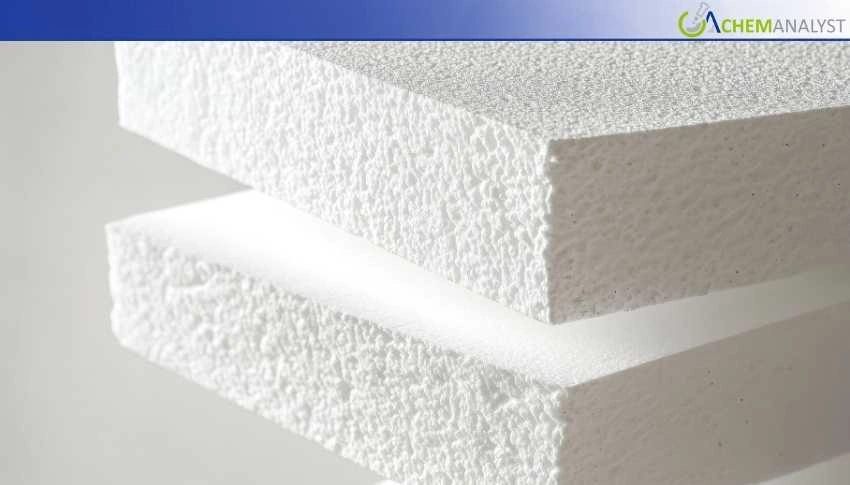Welcome To ChemAnalyst

The Polystyrene market in Belgium faced challenges in October 2025. Prices declined further, as feedstock costs remained moderate and demand from electronics and packaging was weak. Prices are expected to weaken further towards the end of the year due to weaker demand and the festive season.
The Polystyrene market had prior to that already been experiencing the same trend for 12 weeks, and October is just more of the same in terms market activity. Both General-Purpose (GPPS) and High-Impact (HIPS) grades experienced downward pricing pressure – there was good availability to feedstock, but buyers downstream were being cautious.
The problem got intensified during mid-October. Both GPPS and HIPS grade prices were down 2.6% over last week. The Polystyrene producers had sufficient raw material due to steady deliveries of styrene monomer and higher inventories. But buyers, particularly in packaging, appliances and insulation, were reluctant to buy. A buildup of inventory ensued, and Polystyrene prices fell further.
By the end of October, the Polystyrene market was balanced. Prices remained stable despite the general sentiment being bearish. Production went on as manufacturers employed advanced polymerization techniques to keep down costs. There was also a growth in chemical recycling, especially at the new Krefeld plant in Germany that raises output of food grade recycled Polystyrene – supporting supply security and circular economy.
But not all downstream demand was weak. Packaging held its ground, with e-commerce and consistent food and personal care orders. However, new regulations on single-use plastics encouraged some buyers to switch to more recyclable materials, affecting demand for Polystyrene. But not the electrical and electronics industry. Production was off target, compared to last year and was forecast to plunge further for the year. High energy costs, and poor exports crippled the industry in general, particularly for Polystyrene HIPS grade utilised in electronics and home appliances.
Exports offered some support. Sales to neighbouring EU countries and North Africa prevented larger declines, even though demand for Polystyrene in the domestic market remained weak. Buyers increasingly preferred more sustainable options, so recycled-content grades commanded higher prices in packaging and insulation.
Looking ahead to November, ChemAnalyst’s forecasts suggest another 1.3% decline. After the autumn restocking period, demand slows, particularly as construction activity tapers off with colder weather. Relatively lower energy costs may benefit producers, but many manufacturers want to clear inventory before year-end—adding further pressure on Polystyrene prices.
Not much relief is expected for December. Another decline of 1.3% is probable. Factories slow for the holidays, demand drops, and prices of the styrene feedstock weaken as petrochemical plants limit output. On the positive side, exports could help set a price floor, even as domestic Polystyrene consumption takes its usual seasonal break.
We use cookies to deliver the best possible experience on our website. To learn more, visit our Privacy Policy. By continuing to use this site or by closing this box, you consent to our use of cookies. More info.
